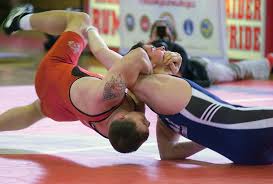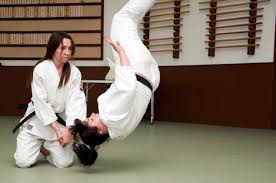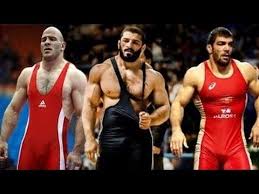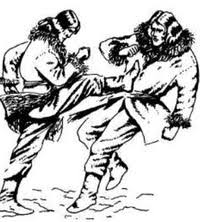BOXING (part 4)
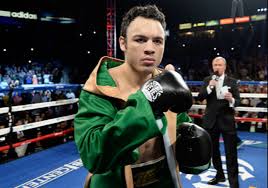 AGE AND OTHER RESTRICTIONS.
AGE AND OTHER RESTRICTIONS.
In amateur boxing, there are age restrictions. Athletes no younger than 17 and no older than 34 years old can take part in international competitions held under the auspices of AIBA. Usually, by the age of 34, many boxers leave a big sport or become professionals. (By the way, you can’t go back to amateurs, even if age allows.)
Professionals do not have such restrictions, the only criterion is the physical condition of the boxer. George Foreman left boxing in 1977, but returned in 1980 at the age of 40. Two years later, having spent 24 fights during this time, he again became the world champion, knocking out in the 12th round of 25-year-old Michael Murrer. But this is rather a happy exception to the rule. Despite all the precautions and control by doctors, injuries in boxing, especially professional boxing, are quite common. The most common are nose fractures and dissection of the superciliary arches. Missed blows to the head, leading to a knockdown, and even more so to a knockout, is always a concussion. There are known cases of the death of boxers from a brain hemorrhage right in the ring. From frequent blows to the head, retinal detachment may begin. The consequences of once missed strikes can affect even after the boxer ended his sports career. So, the great Mohammed Ali who left the ring (before the adoption of Islam, he was named Cassius Clay) began to develop Parkinson’s disease.
During breaks between rounds, professionals are allowed to not only make lead lotions for bruises, but also lubricate their face with petroleum jelly, but amateurs are forbidden to use any “foreign substances”.
They are also forbidden to wear a beard (mustaches are acceptable, but of limited size), hair should not close their eyes. The professionals in this regard have no limits whatsoever.

